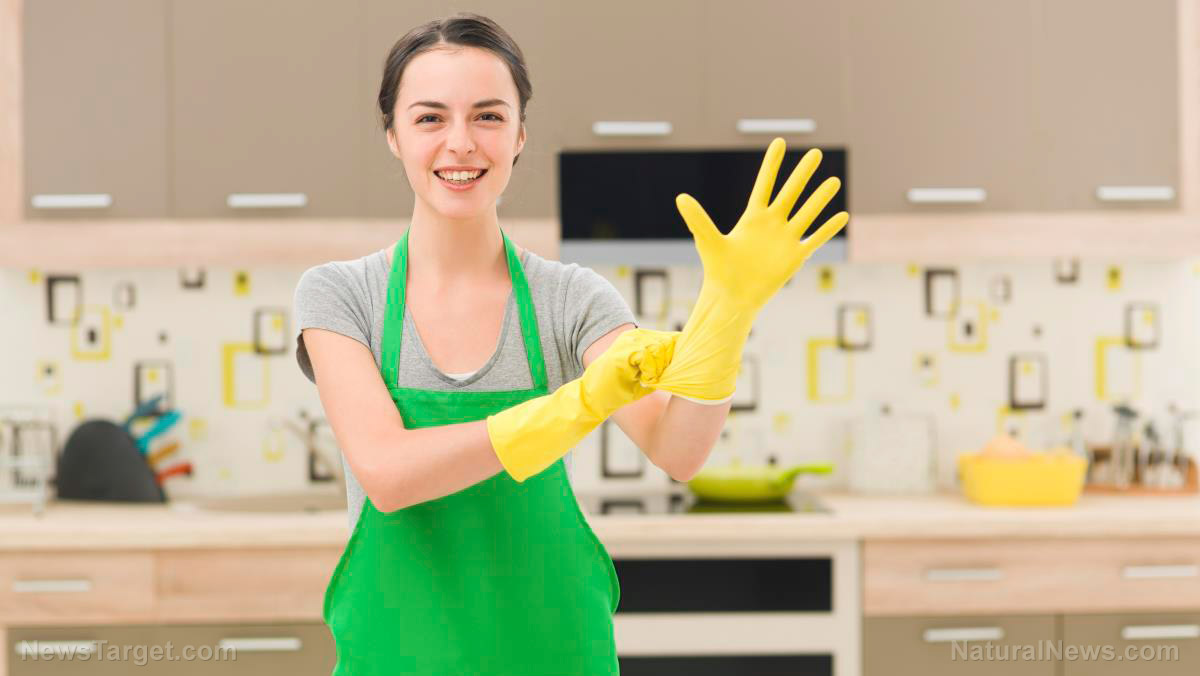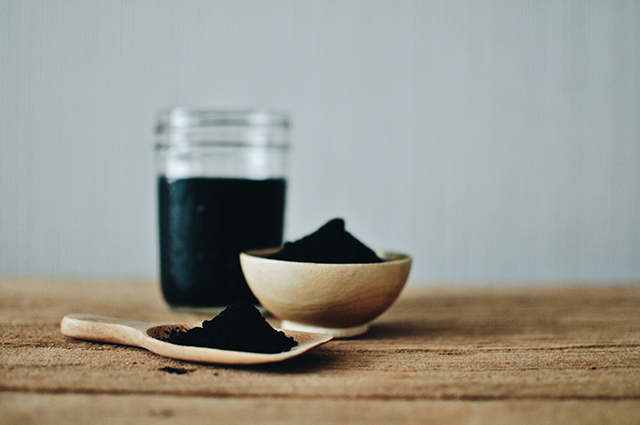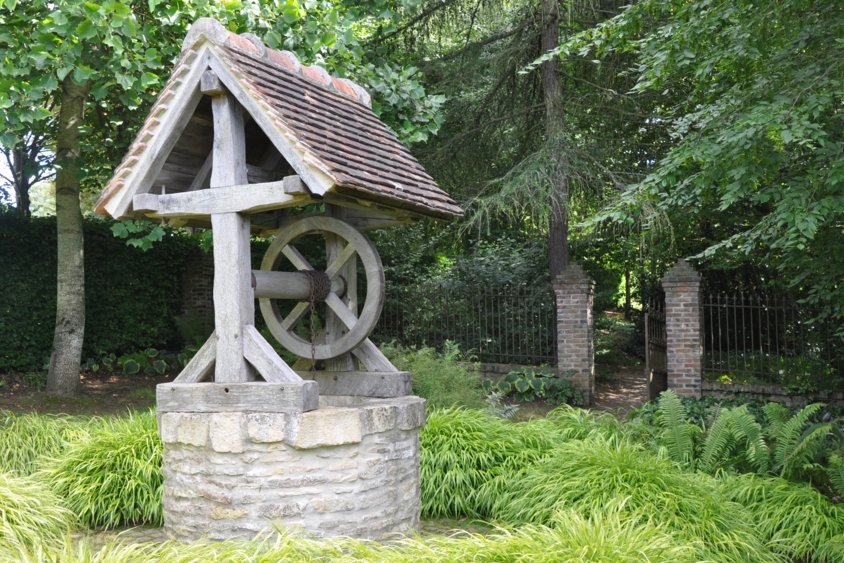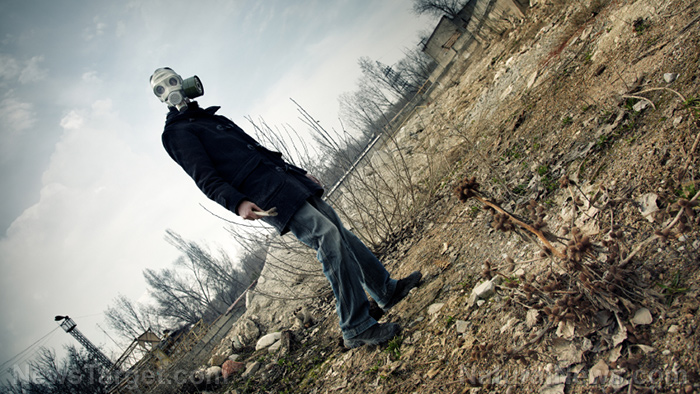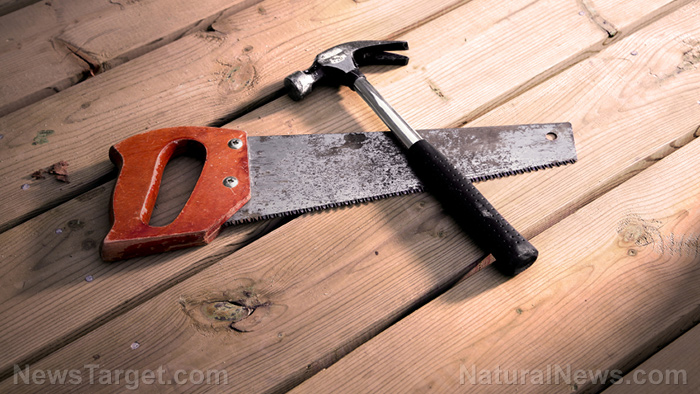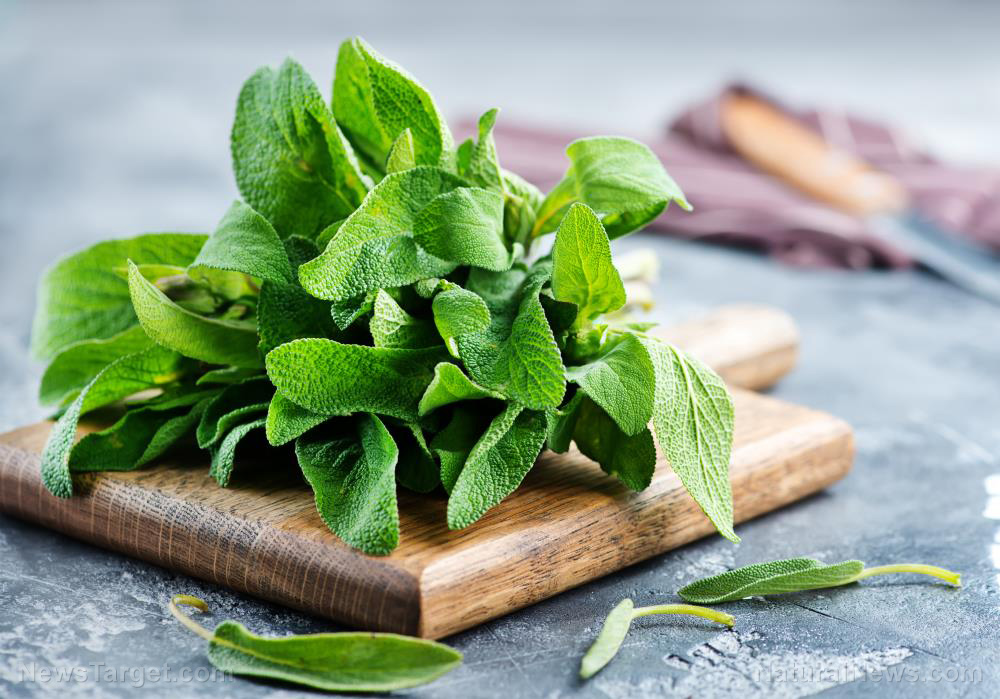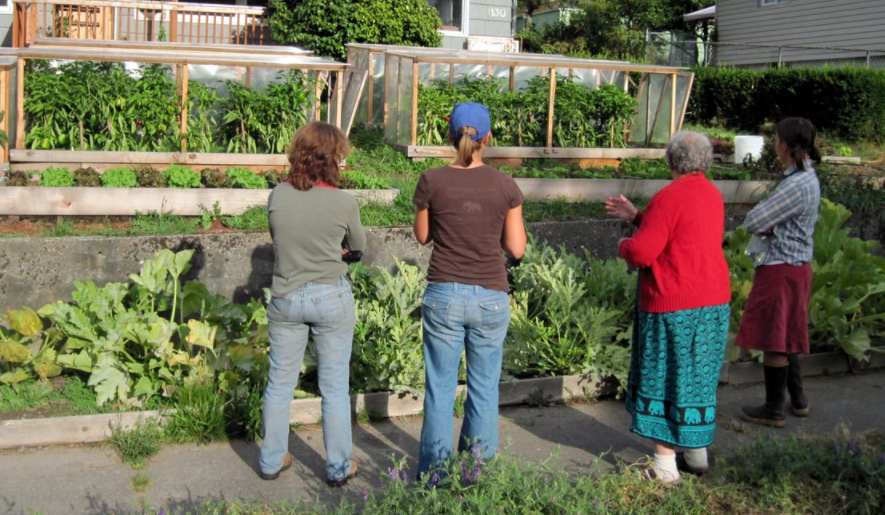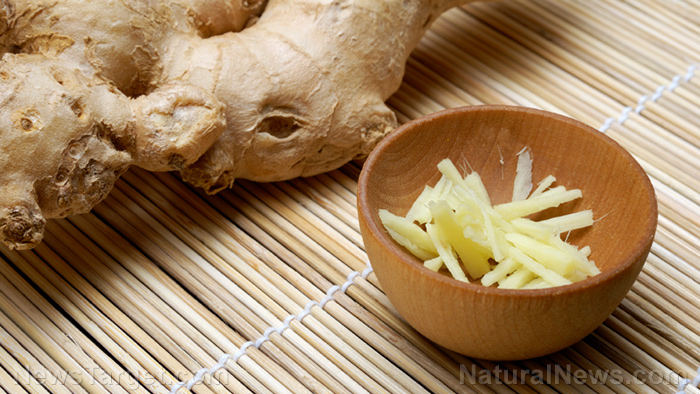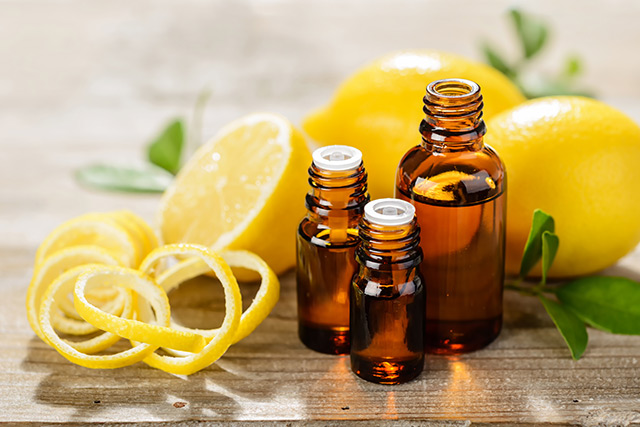Gardening tips for preppers: How to start a medicinal herb garden
10/28/2022 / By Zoey Sky

Home remedies made with medicinal herbs are usually a safer alternative to many over-the-counter (OTC) medicines because they aren’t linked to negative side effects.
If you want easy access to healing medicinal herbs, plant herbs like calendula and lavender in your home garden.
You can start an herb garden in your homestead, or in a container garden if you live in an apartment in the city. (h/t to TheEpochTimes.com)
Benefits of having a medicinal herb garden
While you can simply buy medicinal herbs at a health food store, it’s better to grow your own herbs because of these amazing benefits:
Beginners can easily grow herbs
Gardening is often a daunting task, but even beginners can start with a herb garden. If space is an issue, you can grow herbs and vegetables in containers.
Depending on soil quality, you can plant crops indoors, in pots and other containers, or directly in the ground.
Herbs don’t need a lot of maintenance and you can leave some herbs in areas where they get morning sun, like your front porch. Herbs also don’t need much fertilizing, and they can handle a wide range of temperatures.
Home gardening is therapeutic
Whether you’re only growing medicinal herbs in containers or going all out with a home garden for different fruits and vegetables, gardening can help you feel better both mentally and physically.
You can save money by growing your own herbs
Fresh or dried herbs are often expensive, especially if you often buy organic herbs.
On the other hand, growing herbs can be fairly cheap. While growing vegetables can also be cost-efficient, it can take some more startup costs along with a steeper learning curve.
You can buy a packet of seeds for only several dollars and grow your herbs for several years, or even indefinitely if you learn how to save seeds from your herb plants.
Tips for starting your herb garden
If you live in the suburbs and have a backyard, assess your plot of land and check which areas receive the most sunlight.
Next, make a list of the herbs that are native to your area, especially ones that you may already have growing on your property. You may also want to find out which plants and herbs can be planted together since some plants may not want to be next to each other.
Before you plant anything, start with a list of herbs you want to grow. Think of herbs you often use in the kitchen or for making home remedies, and which herbs would grow in your local climate. Then, group those plants by their growing requirements. (Related: Home gardening for preppers: 7 Medicinal herbs you can propagate from cuttings.)
A lot of herbs are annuals, so you need to plant them once the threat of frost has passed. Medicinal parts like the leaves can be harvested once the plant reaches full maturity.
For most herbs, this is mid-summer through fall. If you want to replant the next year, harvest seeds at the end of the season.
For those wanting to start a garden next spring, leave the fallen leaves that accumulate at this time of year in the area that will be your garden next year. This will help keep the soil healthy.
Once spring rolls around, turn the soil over and add a little compost before you start planting again.
Tips for urban herb gardens
Even urban gardeners can start a medicinal herb garden in smaller spaces in the city.
You can either join a community garden, which can sometimes be found on a plot of land between two apartment buildings. A community garden allows residents to grow their own plants.
If your building doesn’t have one, you can grow plants on a windowsill or balcony. Get containers to hold the soil and seeds, like milk cartons cut in half, storage containers, or seedling trays purchased from a nursery.
To make a miniature greenhouse, find a clear storage container that will let the sun in and cut some holes at the top.
Note that some herbs are better off initially grown indoors. Once sprouted, you can replant them in your garden.
Tools you’ll need for your garden
If you’re on a budget, you don’t have to buy a lot of expensive items for your herb garden. You only need seeds, organic topsoil and compost and growing containers to get started.
You also need a handful of tools like a basic spade and a Japanese hori hori or “soil knife.” You can use a hori hori knife to dig and cut.
A hori hori knife is also a versatile weeding tool. Use the blade to help loosen the soil around the weed’s root and then pull it out.
Lastly, you will need a water source like a sprinkler for a garden or a plant mister for a container garden in your apartment.
Medicinal herbs to plant in your home garden
Here are some useful medicinal herbs to plant in your home garden:
Aloe vera
Aloe vera requires well-drained soil and occasional watering. Place potted aloe vera in a sunny window.
Aloe vera is grown as a perennial in warmer climates and it is a popular houseplant.
Aloe plants can be used to treat both superficial and serious burns, including sunburn. Aloe gel from inside the leaf can be applied directly to the skin to soothe skin issues.
You can also use aloe vera to treat rashes from poison ivy and poison oak.
Calendula
Calendula grows best in sunny areas with well-draining soil.
The more you harvest the petals from a calendula plant, the more it blooms. Harvest the flowers when they are a little sticky to the touch.
Calendula flowers can be used both topically and internally. Use the flowers to make creams and salves to treat bruises, burns, sores and skin rashes.
Calendula flowers can also be used to treat diaper rash and cradle cap.
Use calendula tea to moderate a fever or use it with other herbs to treat minor intestinal ailments.
Chamomile
Chamomile thrives in cooler weather and is best grown in late spring or early fall.
Start chamomile seeds indoors six weeks before the last frost date. Plant the young plants eight inches apart in a sunny location once the threat of frost has passed. Water chamomile regularly until established.
Chamomile can be used to make a tea that will help boost your nervous and digestive systems. The herb can also help promote more restful sleep and relieve anxiety.
It can also promote digestive health and relieve diarrhea symptoms.
Dandelion
Dandelions grow best in full sun and moist, but not wet, soil.
Often considered an annoying weed, dandelion is actually a versatile herb.
Use dandelion roots to help stimulate and decongest the liver and encourage healthy digestion. The roots can also help break down cholesterol and fat by stimulating the production of bile.
Dandelion leaves are full of dietary fiber and vitamins. Add edible dandelion leaves to refreshing summer salads.
Echinacea
Echinacea or coneflower grows best in full-to-partial sun. It’s tolerant of dry soil but won’t grow well in damp or wet soil.
Echinacea can be used to shorten the length of a cold since it may help boost the immune system. The plant can also help reduce inflammation and alleviate pain.
To use echinacea, steep pieces of dried root, stem and petals in hot, but not quite boiling, water for 10 minutes. Strain before drinking.
Lavender
Lavender grows best in full sun and well-drained soil.
Lavender is a popular aromatic plant that is also used to treat anxiety, promote relaxation and soothe headaches.
Steep lavender to make a tea that may help to lower inflammation, boost immune health and reduce menstrual cramping.
Peppermint
You can grow peppermint in full sun. Keep the soil evenly moist, and water the soil when the top inch feels dry.
Peppermint is a fast-growing herb, so it’s better to keep it in a pot to prevent it from taking over your garden.
Peppermint is often used to ease an upset stomach and alleviate indigestion. The herb can also be used to address headaches and migraines and promote better sleep quality.
Steep peppermint leaves to make a soothing herbal tea.
Thyme
Thyme thrives in full sun, but it can tolerate hot, dry conditions due to its Mediterranean origins.
Thyme has anti-inflammatory, antimicrobial and antiseptic properties and it can be used to help heal cuts and bruises.
Apply thyme directly to the body via a poultice or consume it to help reduce inflammation. Thyme can also be brewed into a tea for soothing sore throats and coughs.
Start a medicinal herb garden in your backyard and use home remedies like herbal teas and salves to improve your overall well-being.
Visit GrowYourMedicine.com for more information about useful medicinal herbs for your garden.
Watch the video below to know more about the three health benefits of echinacea.
This video is from the Groovy Bee channel on Brighteon.com.
More related stories:
Home gardening 101: Make the most out of your yard by planning an edible landscape.
Gardening tips: Learn about secondary nutrients that help nourish your garden plants.
10 Ways to use comfrey, a powerful healing herb.
Sources include:
Submit a correction >>
Tagged Under:
alternative medicine, emergency medicine, gardening tips, green living, herb garden, herbal medicine, Herbs, home gardening, homesteading, medicinal herbs, natural medicine, preparedness, prepper, prepping, remedies, survival, survival medicine
This article may contain statements that reflect the opinion of the author
RECENT NEWS & ARTICLES
Homesteading.News is a fact-based public education website published by Homesteading News Features, LLC.
All content copyright © 2018 by Homesteading News Features, LLC.
Contact Us with Tips or Corrections
All trademarks, registered trademarks and servicemarks mentioned on this site are the property of their respective owners.

